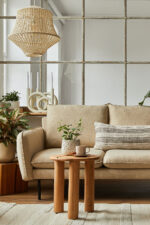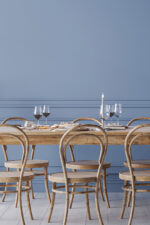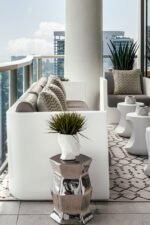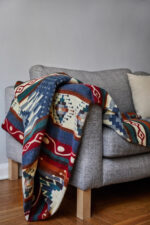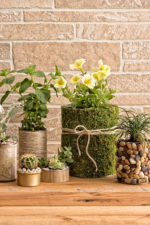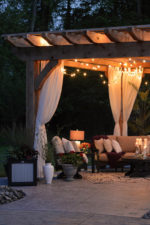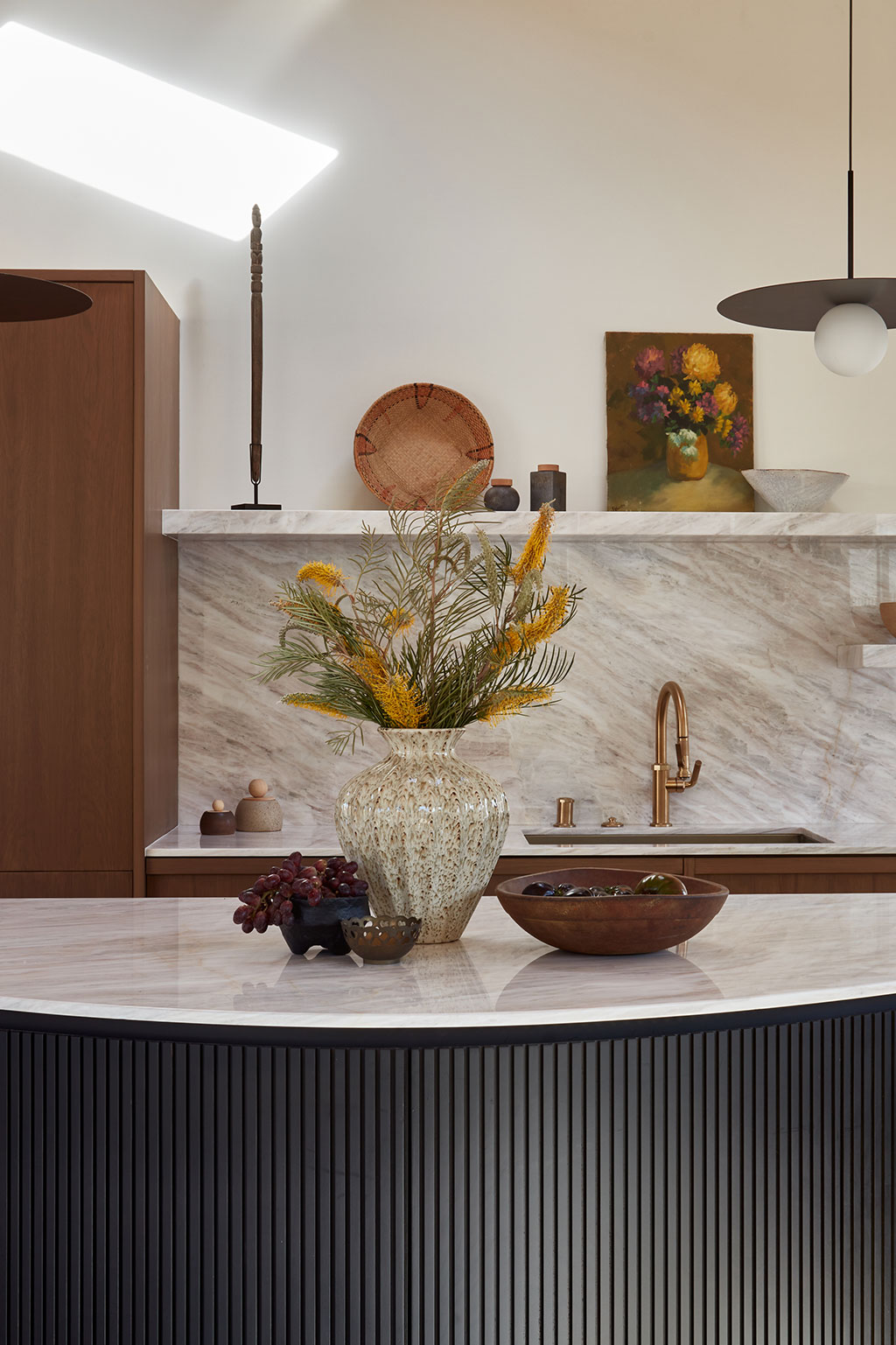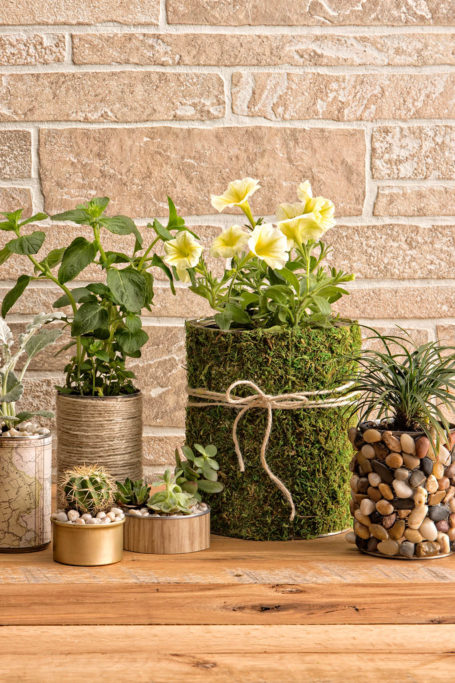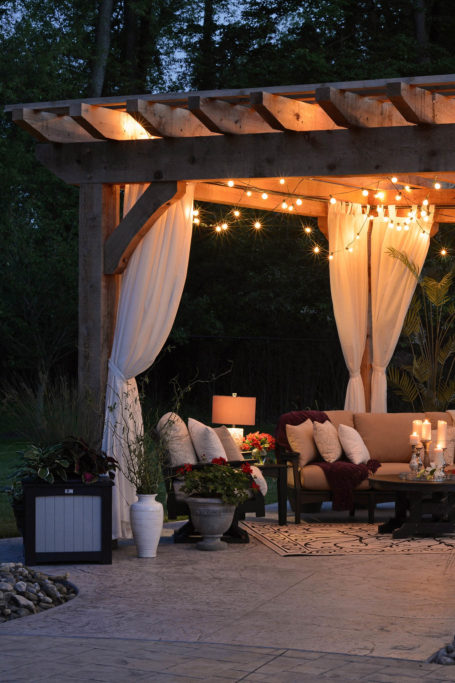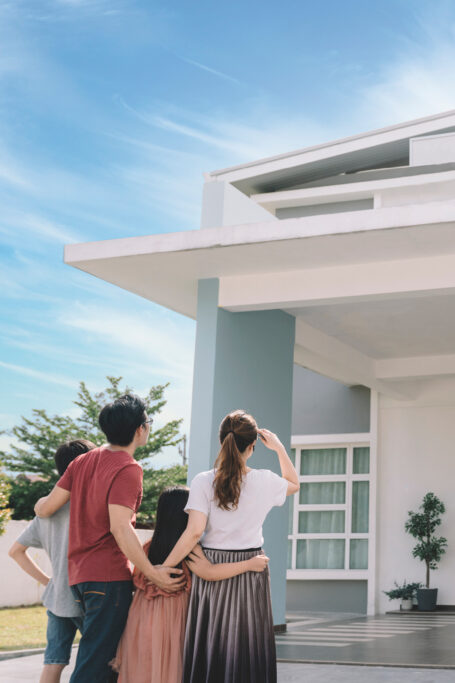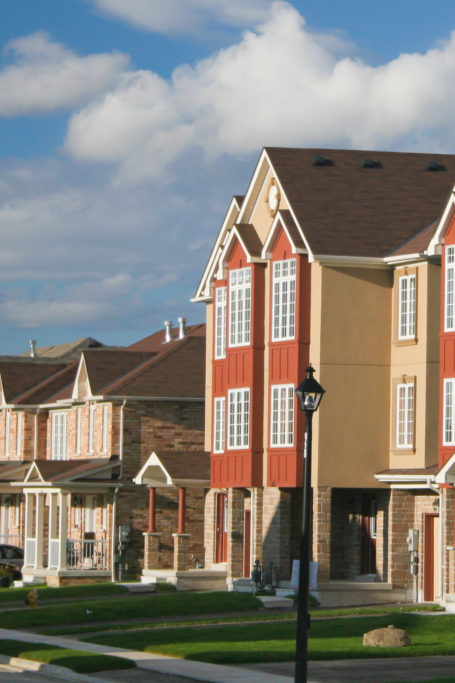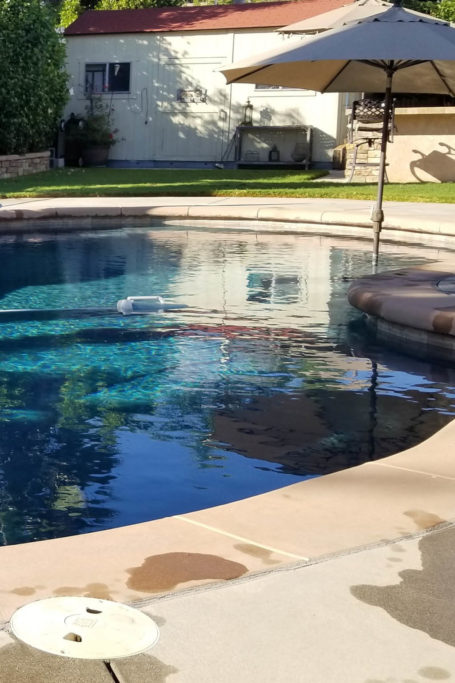Outside-the-Box Design
Interview with Kristen Blazek
Photos courtesy as noted
Kirsten Blazek discusses her unconventional road to success and her design philosophies, which are featured in her first book, A 1000 X Better: A Rebel by Design.
Tell us about yourself:
There has always been something creative in me: I was good at art and loved rearranging my bedroom while growing up in Scotland. My parents worried that art wouldn’t be a stable living, though, so I followed my gran and mom into health care. I was an ICU nurse for a long time in Scotland and then here in America before having my kids.
Years later, I was getting a divorce and needed to go back to work. I began looking for jobs in nursing again, but I just couldn’t go back. Instead, I started my business in my late thirties without having a clue where it would take me. It’s been a pretty crazy journey.
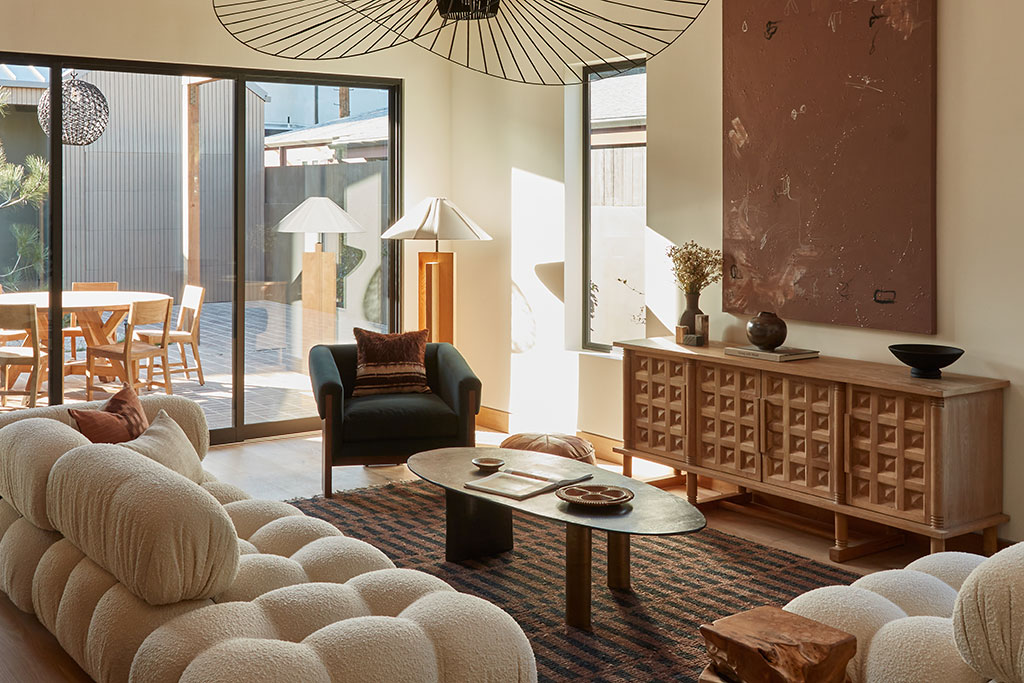
What was your first design project?
Technically, my own home in Altadena. Another mom from school loved what I did and insisted that I help a friend of hers in Malibu. I told her it was ridiculous because I had never decorated someone else’s house before. Her reply? “Don’t worry about it. You’ve either got it or you don’t—and you’ve got it.” It wasn’t a big job; I did it for practically no money to get my portfolio started. After that, I staged a house for a real estate friend, which led me to originally found A 1000 X Better as a staging company.
What is the purpose behind your book?
My partner, Jake, is an amazing writer. He and I looked at a lot of coffee-table books and design books, many of which felt impersonal. It was important to both of us that we created something inspirational, helping people realize that it’s never too late to take a risk, follow your gut, and do something different by telling the story of a woman who wouldn’t take no for an answer.
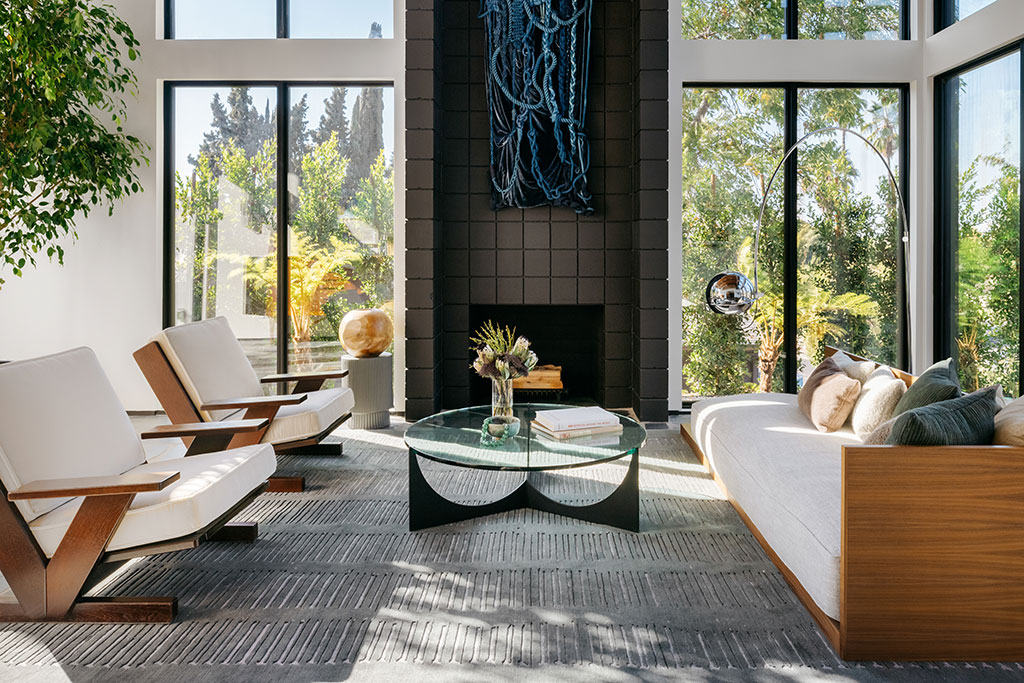
In it, you say that you “listen to what a house wants.” How so?
People get overwhelmed because there are so many design resources available today; they’re inundated with imagery on Instagram and Pinterest that’s not necessarily right for them or their house. So we always ask new clients to share examples of things they like, and quite often they’re all over the place. Getting them to understand what they like for their home can be challenging.
That’s why I listen to houses. I really believe that they are living, breathing entities, especially old ones. If you ignore the home’s essence when decorating or designing, the project can get very unfocused and feel inauthentic. There must be a balance between meeting the needs of modern living and being respectful of the structure.
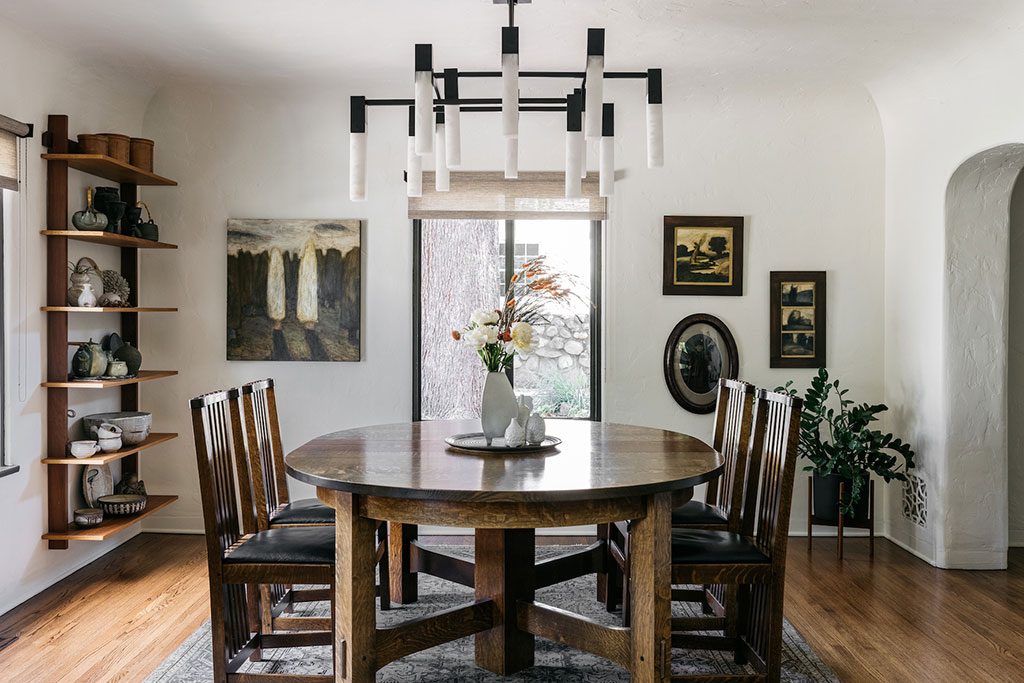
One chapter is titled “Color Is Everything.” Do you consider yourself to be an artist?
I like that analogy. Starting a design is like starting a painting for me. Much like a painter with a blank canvas, I instinctually get a sense of what I can do and how the space can work. And because colors are so nuanced, they can go so right or so wrong with just one shade. When I look at a color, I see not only the hue itself but also all the other ones within it, such as a brown that has too much green or purple in it.
Part of my job is to think about the things that a homeowner wouldn’t. It’s vital to understand where a house is in its entirety, so I’m vigilant when picking colors. I always make sure that we have at least four or five different samples of, say, a white, put big swatches up, and tell the homeowner to look at them in the morning and afternoon and at night before deciding. This is important for exteriors as well.
You include interesting details in your projects, such as remarkable light fixtures and paintings. How do you make such choices?
It’s another example of balance. For instance, I prefer to keep bigger pieces of furniture somewhat neutral but mix the materials, which adds depth. I also enjoy doing unconventional things like hanging art in unusual places, such as under windows, while still ensuring that it pairs well with the rest of the room. The goal is to create visual excitement when you walk in.
Lighting is another of my favorite things to play with; it makes such a difference in a space. One project I did had a room with a big, tall ceiling and a nice view outside the door. I wanted to make the ceiling more interesting but didn’t want to block the view with a solid fixture. So I went with an architecturally quirky hat-shaped wire light fixture that wouldn’t prevent the eye from seeing the beautiful outside.
I also like vintage decor and art, especially oil paintings. There’s a depth and story to them compared to a piece of generic store-bought art. They add a sense of authenticity and are inherently unique—nobody else is ever going to have that painting in their house.
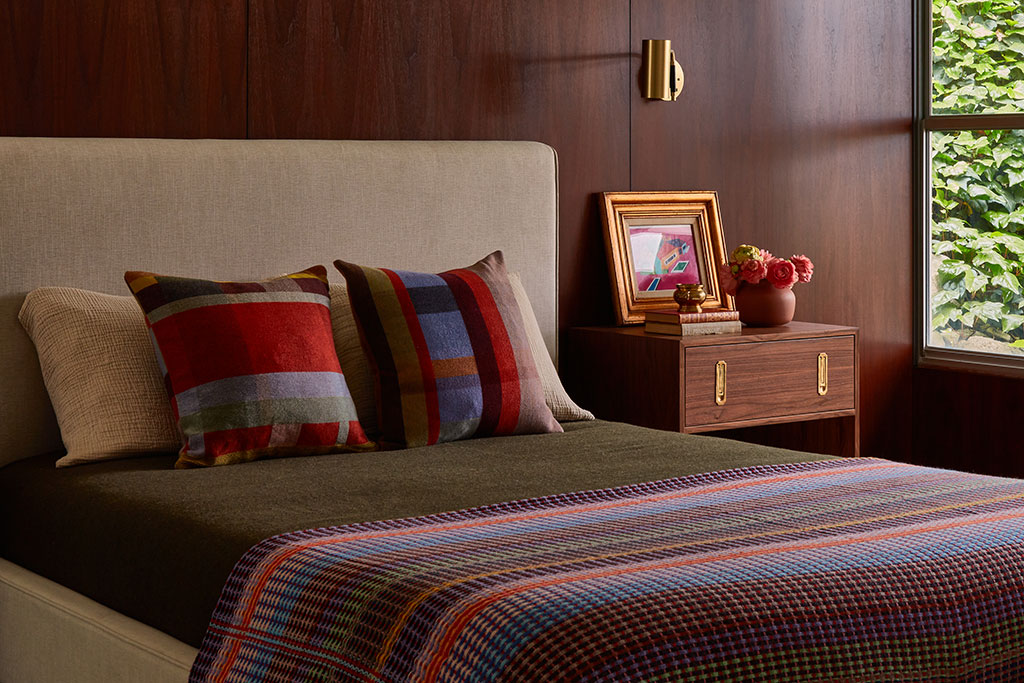
Your book states that you went into nursing because you enjoy talking to and helping people. Is this mindset invaluable as a designer?
Absolutely. Nursing taught me to have empathy, be kind, and listen. Likewise, as a designer, I genuinely listen to my clients; I can’t just give them what I want because it’s not my house. Ultimately, I want them to feel like the design is faithful to them, so at the outset my team and I discuss in-depth what they want from the project both aesthetically and functionally.
In addition, I learned a lot about relationships through nursing, which is very helpful to me now because you quite often have to negotiate difficult situations between couples who have different tastes.
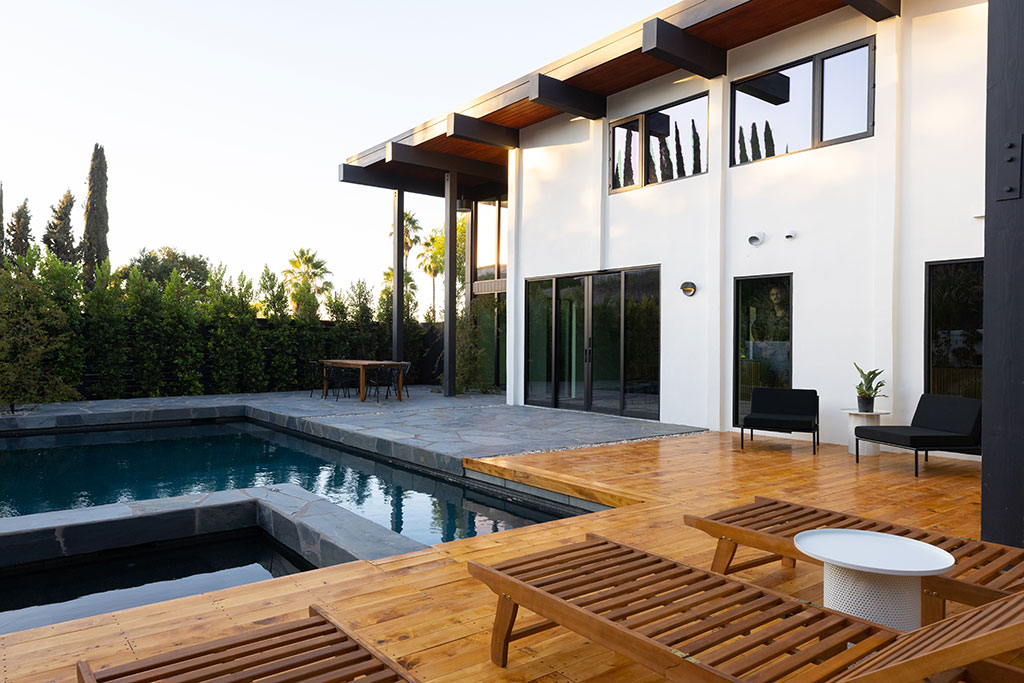
Would you elaborate on your belief that good design helps a person heal?
Everybody deserves to come home to a space they feel good in. Life can be hard, and your house protects, nurtures, and comforts you. So if even just one object in your place makes you smile every time you see it, you have a safe place that offers healing.
You wrote that “constantly looking at yourself and finding new things about who you are is one of the great joys in life.” How do you do this?
Traveling is one of the most important ways to expand my mind. Today, for example, I went to the Art Institute of Chicago and took in incredible art. It’s easy to walk through life just looking straight ahead, but when you really keep your eyes open and pay attention to the fine details, even the simplest, most inconspicuous thing can be inspirational. I always do my best to take nothing for granted.
I’m also constantly changing personally, as we all are— change is the only thing we can’t avoid. I’m a much more experienced designer now than when I started, and my tastes have altered even over the last few years. Right now, I’m in a massive seventies kick, but in two years it could be something completely different. That’s what makes life exciting.
For more info, visit a1000xbetter.com


